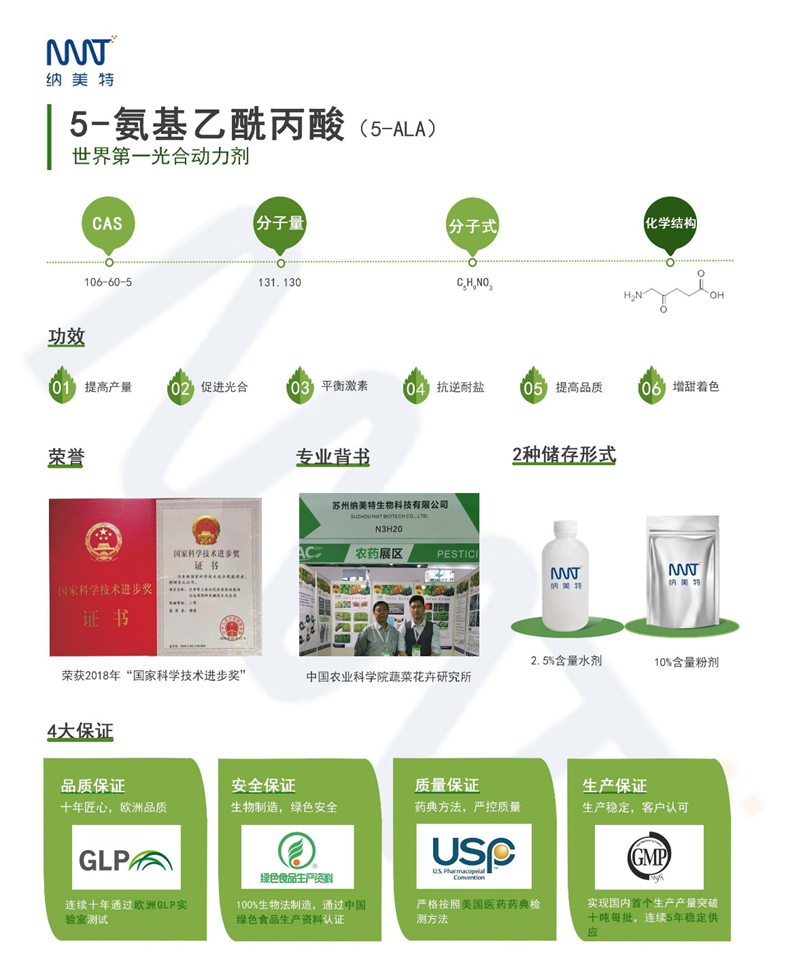When tea trees are subjected to low temperature stress or freezing damage, their leaves will appear red, scorched, curled, prone to shedding, and black spots, causing a decrease in tea yield and quality, seriously hindering the sustainable development of the local tea industry. Therefore, exploring fast and effective methods for tea trees to smoothly overwinter and pass through the early spring and late spring cold periods, in order to prevent them from freezing and cold damage, is of great significance for regional economic development.
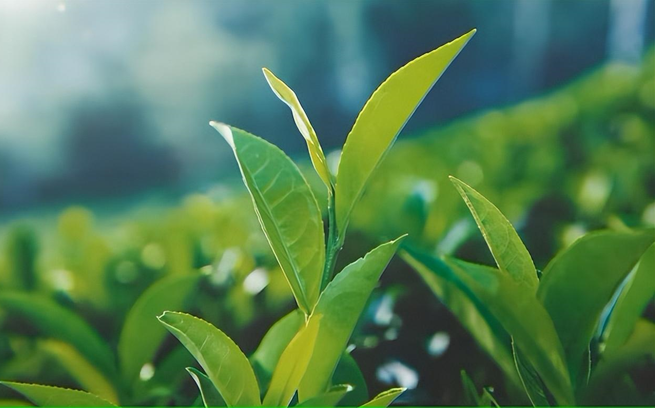
5-aminolevulinicacid, ALA is the precursor for organism to synthesize tetrapyrrole compounds such as chlorophyll, heme and vitamin B12. It was found in duck blood earlier than 1953, and is determined to be the source of protoporphyrin. It is a non protein five carbon amino acid widely existing in microorganisms, plants and animal cells. Studies have shown that ALA can regulate chlorophyll synthesis, improve the stability and Photosynthetic efficiency of chlorophyll and light harvesting system II, promote tissue differentiation, and improve plant resistance by strengthening antioxidant defense system, maintaining ion balance, and promoting osmotic regulation.
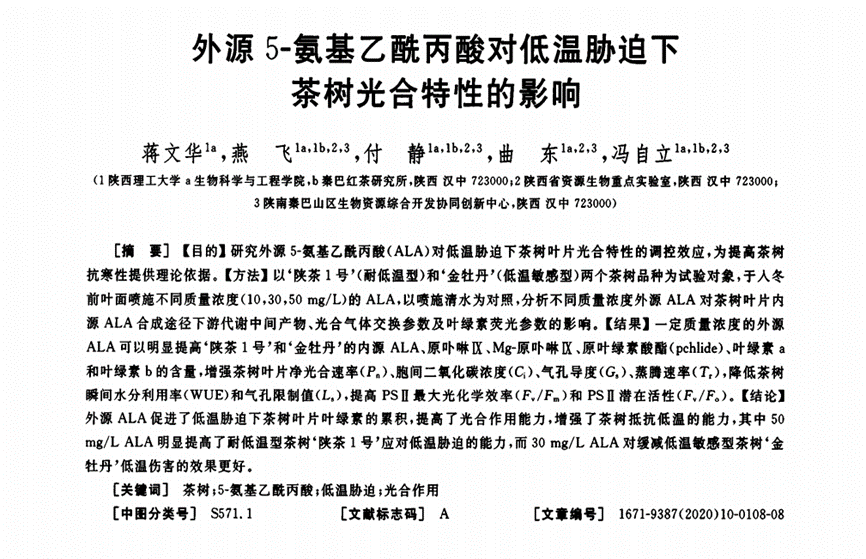
Experimental data indicates that
1. Effects of exogenous ALA on intermediate products of chlorophyll synthesis and metabolism pathway in tea leaves under low temperature stress
1.1 Impact on endogenous ALA
ALA is a precursor substance for the synthesis of chlorophyll, which forms protoporphyrin IX, Mg protoporphyrin IX, and protochlorophyllate through synthetic metabolic reactions. The protochlorophyllate is then converted into chlorophyll under the action of protochlorophyllate oxidoreductase (POR).
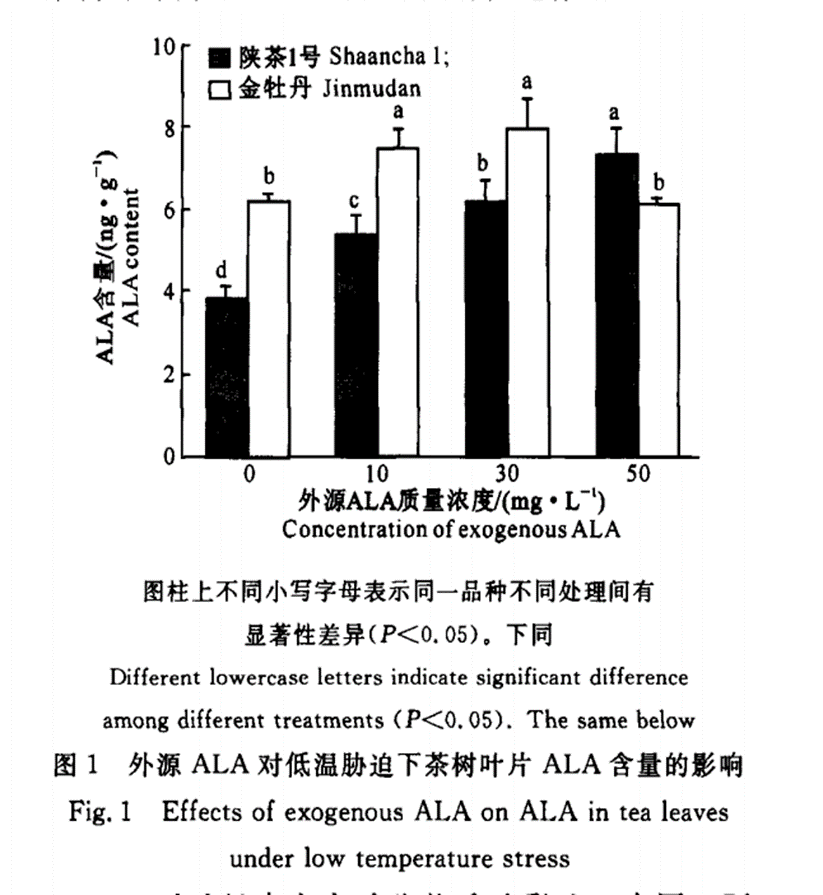
From Figure 1, it can be seen that under low temperature conditions, spraying exogenous ALA significantly increased the endogenous ALA content of "Shaanxi Tea 1", and as the concentration of exogenous ALA increased, the endogenous ALA content showed a gradual upward trend; When the concentration of exogenous ALA was 50mg/L, the endogenous ALA content reached a higher value, which increased by 90.7% compared to the control group. Under low temperature stress, spraying exogenous ALA at concentrations of 10 and 30mg/L significantly increased the endogenous content of "Golden Peony"; After treatment with 50mg/L exogenous ALA, the endogenous ALA content decreased by 1.5% compared to the control group, but there was no significant difference between the two. This indicates that under low temperature stress, a certain concentration of exogenous ALA promotes the accumulation of endogenous ALA in tea leaves.
1.2 Effects on precursor substances for chlorophyll synthesis
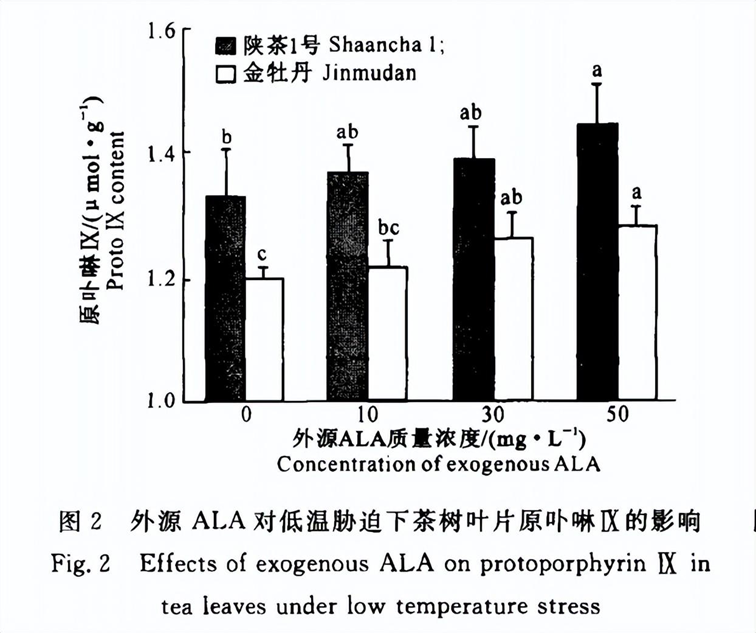
From Figure 2, it can be seen that under low temperature conditions, after spraying exogenous ALA, the content of protoporphyrin IX in both tea tree varieties significantly increased, and showed an upward trend with the increase of exogenous ALA mass concentration; When the mass concentration was 50mg/L, the content of protoporphyrin IX in both tea tree varieties reached high values, significantly increasing by 8.7% and 7.2% compared to the control group, respectively.
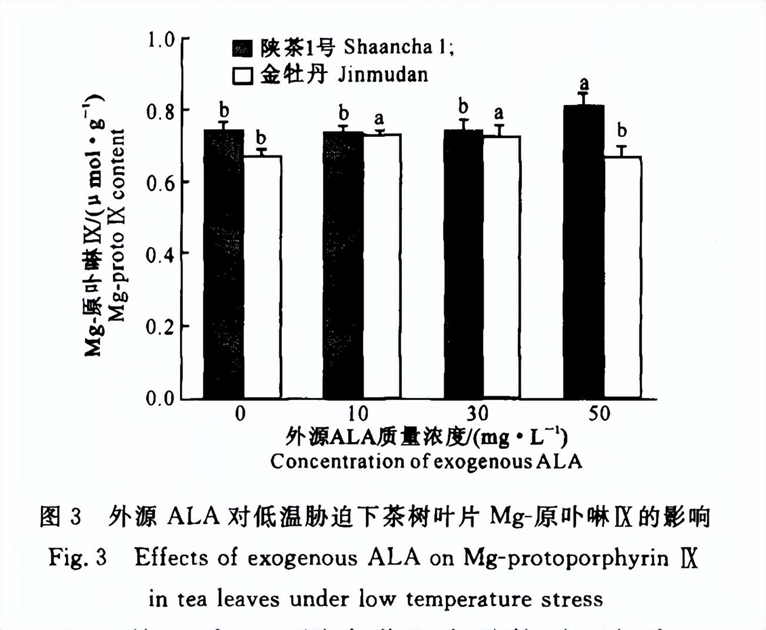
From Figure 3, it can be seen that under low temperature conditions, there was no significant change in the content of Mg protoporphyrin IX in the leaves of 'Shaanxi Tea 1' when the mass concentrations of exogenous ALA were 10 and 30 mg/L; After treatment with 50 mg/L exogenous ALA, the content of Mg protoporphyrin IX increased by 9.2% compared to the control, reaching a significant difference level‘ The content of Mg protoporphyrin IX in Jinmudan showed a trend of first increasing and then decreasing with the increase of exogenous ALA concentration. When the exogenous ALA concentration was 10 and 30mg/L, it increased by 9.3% and 8.6% compared to the control group, respectively, with significant differences.
The Effect of Exogenous ALA on Chlorophyll Esters in Tea Tree Leaves under Low Temperature Stress
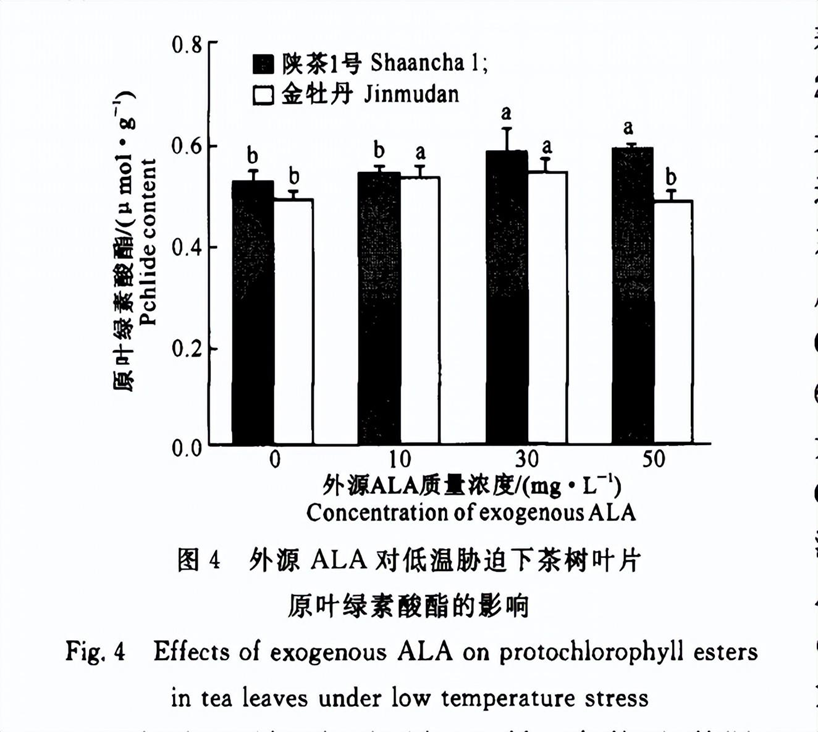
From Figure 4, it can be seen that under low temperature conditions, the exogenous ALA treatment increased the original chlorophyll ester content of 'Shaanxi Tea 1' compared to the control. When the exogenous ALA mass concentration was 30 and 50mg/L, it increased by 12.0% and 13.0% compared to the control, with significant differences. Under low temperature conditions, the original chlorophyll ester content of 'Jinmudan' showed a trend of first increasing and then decreasing with the increase of external ALA treatment mass concentration. When the external ALA mass concentration was 30 mg/L, it reached a higher value, significantly increasing by 11.5% compared to the control; When the concentration of exogenous ALA was 50 mg/L, the content of original chlorophyll ester slightly decreased, but the difference was not significant compared to the control group.
1.3 Impact on chlorophyll content
Chlorophyll is an important substance in plant photosynthesis, which can transmit, distribute, and transport the absorbed light energy. Its content changes are closely related to the photosynthetic rate.
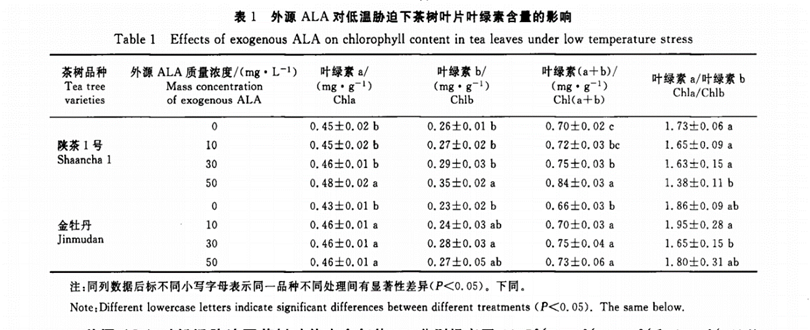
According to Table 1, under low temperature stress conditions, spraying exogenous ALA at a mass concentration of 50mg/L significantly increased the Chla, Chlb, and Chl (a+b) contents of 'Shaanxi Tea 1', which were 6.7%, 34.6%, and 20.0% higher than the control group, respectively; However, due to the larger increase in Chlb compared to Chla, Chla/Chlb showed a gradual downward trend as the mass concentration of ALA sprayed increased. Compared with the control, spraying exogenous ALA increased the chlorophyll content of 'Golden Peony'. When the concentration of exogenous ALA was 30mg/L, the content of Chla, Chlb, and Chl (a+b) increased by 7.o%, 21.7%, and 13.6%, respectively, compared to the control. However, there was no significant difference among the three ALA treatments; When the concentration of exogenous ALA was 10mg/L, the Chla/Chlb of 'Jinmudan' reached a higher value, which was 4.6% higher than the control group; When the concentration of exogenous ALA is 30mg/L, the Chla/Chlb value is lower, which is 12.8% lower than the control group.
2. Effects of exogenous ALA on photosynthetic gas exchange parameters of tea leaves under low temperature stress
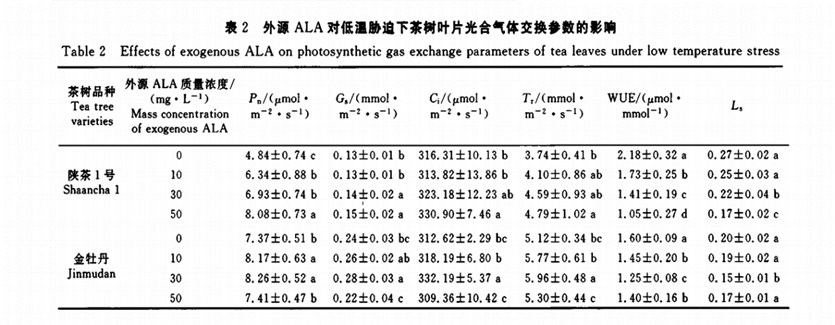
Photosynthesis is the main process of energy accumulation and material transformation in plants, and environmental factors such as temperature can affect plant photosynthesis and further affect plant growth. From Table 2, it can be seen that different concentrations of exogenous ALA treatment increased the Pn, Ci, Gs, and Tr of 'Shaanxi Tea 1'. Compared with the control group, the 50mg/L treatment showed a significant increase of 66.7%, 4.6%, 15.4%, and 28.1%, respectively, with significant differences; However, WUE and Ls showed a decreasing trend as the concentration of exogenous ALA increased, with a significant decrease at 50mg/L, with a decrease of 51.8% and 37.0%, respectively. Compared with the control, when the concentration of exogenous ALA was 30mg/L, the Pn, Ci, Gs, and Tr of 'Jinmudan' increased by 12.1%, 16.7%, 6.3%, and 16.4%, respectively, while WUE and Ls decreased by 21.9% and 25.0%, respectively, with significant differences.
3. Effect of exogenous ALA on chlorophyll fluorescence parameters of tea leaves under low temperature stress
3.1 Impact on the greater photochemical efficiency of PS II
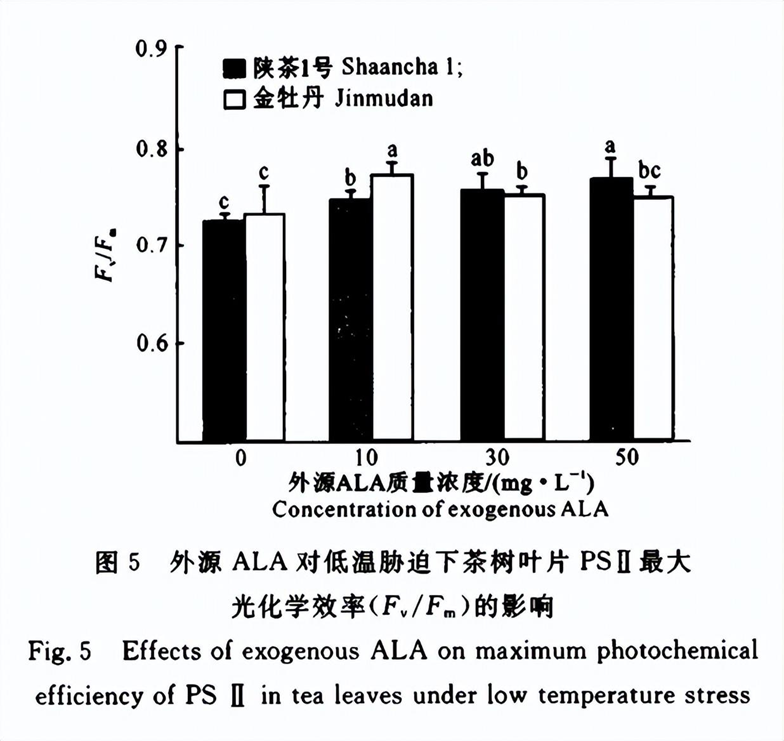
The activity of the PS II reaction center in green plant leaves is one of the physiological processes that are easily affected under stress. As shown in Figure 5, exogenous ALA treatment significantly increased the photosynthetic efficiency of 'Shaancha 1' PS II under low temperature stress. When the concentration of exogenous ALA reached 50mg/L, the photosynthetic efficiency of PS II reached a higher value, which was significantly increased by 6.1% compared to the control group. As the concentration of exogenous ALA increased, the photosynthetic efficiency of 'Jinmudan' showed a trend of first increasing and then decreasing compared to the control group. When the concentration of exogenous ALA was 10mg/L, it reached a higher value, significantly increasing by 5.4% compared to the control group.
3.2 Impact on the Potential Activity of PS II
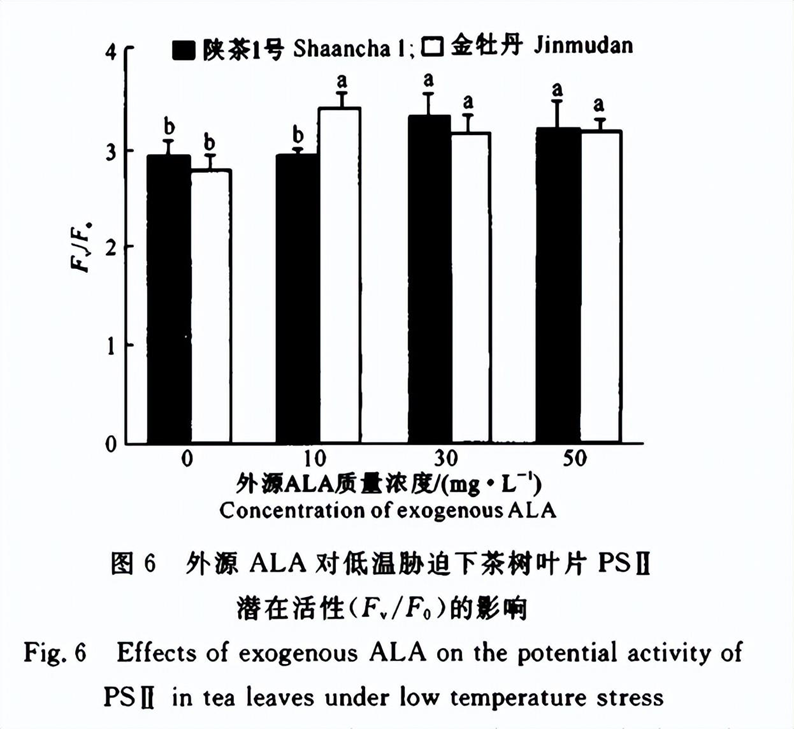
From Figure 6, it can be seen that when the external ALA mass concentration is 30 and 50mg/L, the potential activity of PS Ⅱ in the leaves of 'Shaanxi Tea 1' tea tree increased by 13.4% and 9.1% compared to the control group, respectively, with significant differences. Compared with the control group, spraying 10, 30, and 50mg/L of exogenous ALA significantly increased the potential activity of PS Ⅱ in the leaves of 'Jinmudan' tea tree, with a significant increase of 21.1%, 12.6%, and 13.4%, respectively. However, there was no significant difference in the exogenous ALA treatment among different treatments.
Analysis and Discussion
ALA is a precursor substance for synthesizing chlorophyll. Protoporphyrin IX, Mg protoporphyrin IX, and protochlorophyllate are intermediate products in the chlorophyll synthesis pathway. The conversion level of endogenous ALA determines chlorophyll content. Chlorophyll is an important substance for plant photosynthesis, and the level of chlorophyll content is closely related to the photosynthetic capacity of plants. Previous studies have found that low temperature can damage the ultrastructure of chloroplasts, reduce chlorophyll content, hinder plant absorption and utilization of light energy, thereby inhibiting photosynthetic rate and reducing the accumulation of assimilates. The lower the temperature and longer the duration, the more significant the decrease in chlorophyll content. At the same time, it will directly damage the PS II reaction center of tea leaves, resulting in a large accumulation of excess excitation energy in the PS II reaction center, This leads to a decrease in the photosynthetic capacity of green plants such as tea trees. Exogenous ALA can increase the chlorophyll content of rapeseed and banana seedlings under low temperature stress.
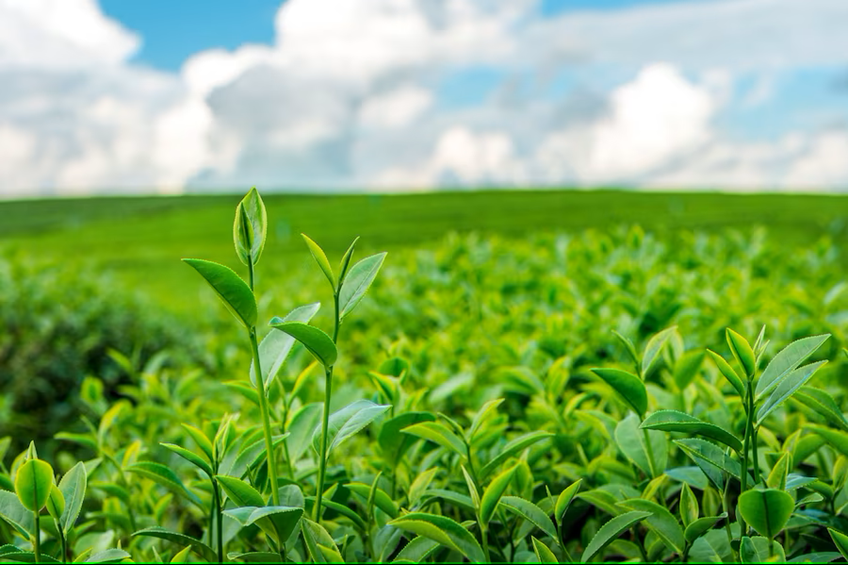
The results of this experiment showed that compared with the control, exogenous ALA treatment significantly increased the endogenous ALA content of two tea tree varieties. At the same time, the intermediate products of chlorophyll synthesis pathway, protoporphyrin IX, Mg protoporphyrin IX, and protochlorophyllate, were also increased. This is consistent with the research results of exogenous ALA enhancing the intermediate product content of chlorophyll synthesis pathway in cucumber seedlings under salt stress conditions, indicating that exogenous ALA promotes the synthesis of endogenous ALA in tea tree leaves, This ensures the conversion level of ALA, thereby increasing the content of protoporphyrin IX, Mg protoporphyrin IX, and protochlorophyllate.
The original chlorophyll ester is converted into chlorophyll under the action of the original chlorophyll ester oxidoreductase (ROR), and Chla is synthesized under the action of chlorophyll synthase (CS). Chla is further converted into Chlb under the catalysis of chlorophyll a oxygenase (CAO). When 'Shaancha 1' and 'Jinmudan' are sprayed with exogenous ALA, the content of Chla, Chlb, and Chl (a+b) is significantly increased compared to the control under low temperature stress, which is consistent with the experimental results of An Yuyan et al. on spring tea. This is because exogenous ALA promotes the conversion of endogenous ALA to ortho chlorophyll esters under a series of enzymatic effects, and further promotes the synthesis of chlorophyll. Chla and Chlb are the main light harvesting pigments in the photosynthetic biological system. By increasing the synthesis of light harvesting pigments, it is beneficial to improve the photosynthetic capacity of tea plants under low temperature conditions in Photosystem II (PS II).
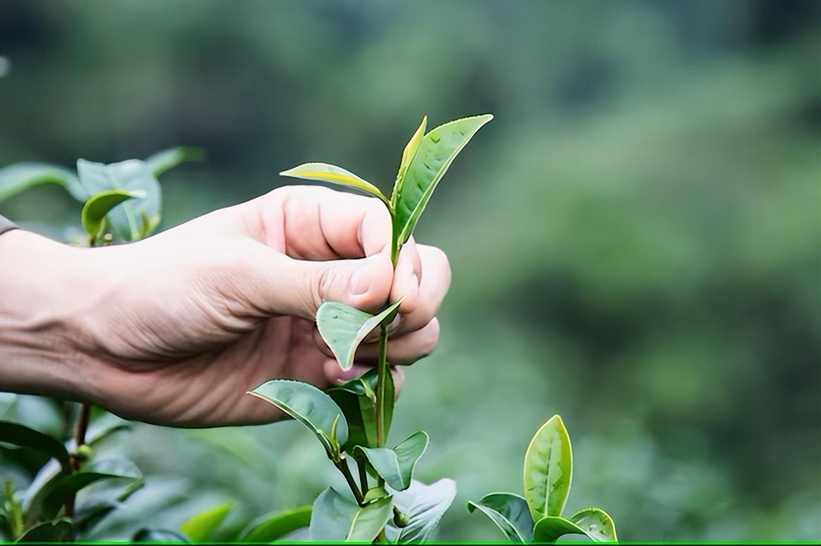
In summary, exogenous 5-ALA can regulate the conversion level of endogenous 5-ALA in tea leaves, promote chlorophyll accumulation in tea leaves, improve the efficiency of primary light energy conversion in tea leaves, reduce the damage to the PS II reaction center caused by low temperature, promote the capture of light energy by leaf PS II, improve the efficiency of photosynthetic electron transfer, promote the utilization of light energy and carbon assimilation in tea leaves, and alleviate stomatal limiting factors in tea plants under low temperature stress, This in turn increases the photosynthetic rate. In addition, due to the different responses of different tea tree varieties to low temperatures, the optimal concentration of exogenous 5-ALA that can effectively improve the ability of tea trees to cope with low temperatures is also different. Low temperature sensitive tea trees are more sensitive to the response of exogenous 5-ALA. However, plants' response to low temperature stress and resistance regulation are affected by many factors, such as metabolic pathway, time, temperature, species, region, and related gene expression. In order to further clarify the mitigation effect of exogenous 5-ALA on cold resistance of tea plants, we can further explore the response mechanism of exogenous ALA to improve cold resistance of tea plants through transcriptome, metabolomics and other genomics technologies.
